Revealed in July 2020, the Jeep Renegade 4xe is an SUV capable of combating off-road terrain, while retaining an elegant stance on the road.
The 4xe (pronounced Four-by-E) is the most powerful, efficient and expensive Renegade Jeep has ever made. Not only does its electric motor provide extra grunt, but it also combines with the 11.4 kWh battery pack to run for up to 26 miles in full-electric mode.
If you’d prefer to watch a review of the Jeep Renegade 4xe, head on over to our YouTube channel.
Jeep Renegade 4xe price & competition
Indeed, the Renegade 4xe isn’t cheap, where it starts from £32,600; a sizable difference over its non-electrified compatriot that starts from £23,400. It’s available in three trims: Longitude, Limited and the Trailhawk that we have on review.
As standard, the £32,600 Longitude comes with the following:
- 1.3-litre turbo petrol engine with an electric motor that output a combined 142 kW (190 hp) of power, will get to 62mph in 7.5s with a top speed of 124mph
- Six-sped automatic transmission with an electronic four-wheel-drive (eAWD) system and a Selec-Terrain 4WD low setting
- Side black roof rails
- 17″ alloys rims (235/55 R17)
- 8.4″ infotainment system with Android Auto and Apple CarPlay
- 7″ instrument cluster
- Six-speaker audio system
- Rear parking sensors
- Techno leather steering wheel
- Safety systems: Traffic sign recognition, Forward collision warning plus mitigation, lane departure warning plus, cruise control and speed limiter
Move up to the £34,500 Limited trim and you get the following added on top:
- 18″ alloy rims (235/50 R18)
- Full LED lighting pack (front and rear lights)
- Leather upholstery
- Heated front seats and steering wheel
- Adaptive Cruise Control
- Front & rear parking sensors
- Front floor mats
- Door trim with vinyl inserts
Find the best Jeep Renegade 4xe deals
The top-spec Trailhawk comes in at £36,500 – it adds/changes the following:
- 37 kW of power, totalling 179 kW (240 hp), where it’ll get to 62mph in 7.1s
- Rock mode via Jeep’s Selec-Terrain selection
- Steel skid plates for added protection when driving on rough terrain
- 17″ off-road wheels (235/55 R17 M+S w/Snow Flake)
- Privacy tinted glass
- Front bonnet decal
- Rear tow hook
- Reversibly and height-adjustable cargo floor
- Rearview camera
- Blind spot & cross path detection, park & exit parallel park assist
- All-weather floor mats
As for colour options, there are many to choose from; the Pastel-finished Alpine White comes as standard, while Blue Shade, Colorado Red, Sting Grey, Solid Black and the pictured Omaha Orange are a £600 option. Should you prefer a metallic finish, it’ll cost £700, where it’s available in the following colours: Bikini (turquoise), Carbon Black, Glacier (white), Granite Crystal (dark grey) and Jetset Blue.
If you opt for the Limited trim, you’ll also have the option to choose a bi-colour finish, where the roof is painted in black – your options include: Alpine White at £600; Blue Shade, Omaha Orange and Sting Grey at £1,000, and Bikini at £1,100. The Trailhawk also offers another choice, where it’s available in an attractive Matt Green finish for £1,000.
When it comes to competition, there are a few plug-in hybrids that are suitable for off-road use: the vastly popular Mitsubishi Outlander PHEV at £35,815; the stylish Toyota RAV4 plug-in hybrid at £46,495; and the lavish Land Rover Defender 400e that comes in at a whopping £70,260.
Should you opt for something less capable to take on harsh terrain trails, you’ll find the likes of the Ford Kuga plug-in hybrid at £29,810, the Kia Niro plug-in hybrid at £30,515, the Land Rover Discovery Sport PHEV at £47,000, and the Volvo XC60 Recharge at £50,695.
It should also be stated that Jeep has the Wrangler 4xe, although, at the time of writing it would seem it’s only available in the United States at an asking price of $47,995.
Read next: Government car grant for electric cars: A complete guide on the PICG
Jeep Renegade 4xe exterior review
While the Renegade 4xe doesn’t share the same off-road characteristics as the Wrangler, it still has this raw outdoor look. We see it as a crossover between Jeep’s aforementioned vehicle and the Compass SUV.
At the front, it’s treated with stylish headlights and an appropriately sized grille. There’s a large uncoloured plastic bumper, which houses the vehicle’s side and fog lights. The Renegade 4xe’s side profile is similar to the likes of the Land Rover Defender, where it has a cut-off rear profile and square-shaped wheel arches. Large plastic sideskirts and 17″ alloys (on the Trailhawk) complete its side look.
Over at the back, it looks a little less rugged where it has soft curves around the rear wheel arches and C-pillars; the rear taillights are boxy with a unique LED design that integrates a centre-weighted indicator.
As for the top, the off-roader has a pair of black roof rails, which will be important for those who want to transport certain goods or equipment. You might also want to add an Electric Panoramic Sunroof to bring in more sunlight into the cabin – this option will cost £1,200, and will require you to purchase the £700 Function Pack, too.
Read next: Citroen e-C4 first drive: A comfortable all-electric SUV
Jeep Renegade 4xe interior review
Its rugged design also extends within the vehicle’s cabin, where one could argue that the manufacturer has opted for a more dated design. However, we don’t see this as a problem, where its design is extremely practical, namely if you’ve just come in from a muddy mountain bike session. Had Jeep used fabric materials or a less hard-wearing upholstery, it would have been a nightmare to clean, especially if you have pets.
Aside from the choice of materials, the automaker has also preserved physical buttons pretty much everywhere. Yet again, this might seem ‘retro’ to some, but it means you don’t have to be faffing around with touch-based or capacitative buttons when you have wet fingers or gloves.
Indeed, buttons and knobs dominate the Renegade 4xe’s dashboard, where there are physical climate controls, media buttons and the Selec-Terrain knob that allows you to flick between different drive modes. The knob determines how the vehicle’s powertrain will respond – we’ll dive into the 4WD modes further down in this review.
Read next: The best dash cams to mount inside your vehicle
It’s also great to see the automaker has preserved a 12V socket, 3.5mm auxiliary jack, and a USB Type-A port (there’s another Type-A port for rear occupants, too). The front USB connection is used to connect up to the infotainment system over a wired connection. Here, the 8.4″ touchscreen display can be used in conjunction with Android Auto and Apple CarPlay. Both operating systems are supported, although, we did experience a few hiccups when playing back audio over USB and Bluetooth.
On a more negative note, the display’s viewing angles and resolution are a disappointment – it seems like a screen from yesteryear rather than one you’d find in a modern vehicle. It is, however, plenty bright and provides a comprehensively laid out menu system that’s easy to navigate.
As for the sound system, there are six speakers in total throughout the cabin: four at the front, two at the rear – if you’d like to hear how it sounds, head on over to our YouTube channel. There is also a £600 option to bolster the vehicle’s audio prowess by opting for the Kenwood hi-fi system.
To control your media, Jeep has cleverly positioned buttons behind the steering wheel that allow you to adjust the volume (including mute) and go to the next or previous track (including radio station). At the front of the steering wheel, there are cruise control settings on the right and instrument cluster controls on the other side.
The section in front of the steering wheel itself is part digital, where there’s a 7″ colourful display that can be customised to a certain degree. Its background also smartly shifts between green and blue to indicate when you’re driving in electric or petrol mode, respectively. Beside the screen there are two physical gauges: one is a rev counter, while the other one serves as a power/charge indicator.
Read next: MG ZS EV review: An affordable all-electric SUV
Jeep Renegade 4xe storage review
Onto the centre console, there’s a non-slip bay found at the front, where it will fit a smartphone. However, should you have a larger device, such as the Samsung Galaxy S10+, it won’t quite fit comfortably if it’s plugged in via USB. Thankfully, there’s a small area found further down the centre console that’ll accommodate a larger-sized smartphone. Beside it, you’ll find two cupholder spaces and a storage compartment within the front sliding armrest.
Onto the doors, all four of them will fit a 500ml bottle, where the front two will also allow you to store a few valuables. The glove compartment can also be used to tuck away goods.
As for boot capacity, the Jeep Renegade 4xe has 330 litres of usable space and with the seats folded down, this figure extends to 1,277 litres. Once more, it’s got a practical design, with a near-flat boot floor and slightly lowered plastic bumper that combined make it easy to load the vehicle. The use of a plastic boot lip also helps protect the vehicle’s bodywork. Fixing points and a small storage compartment on the left further help with the transportation of goods.
Read next: Renault Zoe review: Best electric family car?
Jeep Renegade 4xe comfort review
If your priority isn’t to transport goods but rather individuals, you’ll be pleased to know that the Renegade 4xe can seat up to five adults. Headroom both at the front and rear of the cabin is extremely spacious – we’d even say that 6-foot 7-inches (200cm) individuals can be seated comfortably. Legroom is similarly impressive.
The seats have a good firmness, where they won’t be as plush as some of its luxurious rivals, but nor will they result in back pain after a long drive. Should you opt for the ‘Function Pack II’, the rear middle seat can also be brought down, where it acts as a passthrough (40/20/40 split) and doubles up as an armrest that houses two cupholder spaces. This option is available in the Limited and Trailhawk trims, only.
Read next: The best dash cams to mount inside your vehicle
Depending on the trim level, you can also get four-to-six-way manual controls for the front seats and two-way lumbar adjustment for the driver’s seat. It is a shame to see the eight-way power front seats listed as a £500 option. Heated front seats and steering wheel come included as standard in the Limited and Trailhawk trims. In the latter trim, you’ll also find all-weather floor mats, which are removable and easy to clean given their rubbery finish.
Onto sound isolation, the Renegade 4xe’s cabin is not that well insulated from exterior noise. When driven on the motorway, you’ll be able to hear the wind whistling past you and deflecting off the A-pillars. Road noise is dependent on the choice of tyres, where in our case we had the off-road set that unsurprisingly could be heard when traversing through rougher terrain.
Elsewhere, you’ll also be able to hear the petrol engine ticking along from the front of the cabin. Is it something that should concern you or put you off the Jeep entirely? No. It’s acceptable and given its toughened nature, we’d almost expect a car of its class not to have the best aerodynamics or sound insulation.
Read next: Hyundai Kona Electric review: Kia e-Niro alternative?
Jeep Renegade 4xe performance review
Rightfully, the Renegade 4xe isn’t made to take corners at speed nor is it a conventional SUV – its suspension isn’t stiffned and its steering wheel feels a little numb. It’s, however, an off-roader with some stylish pizzazz added on for good measure.
Where the Jeep really shines is on rough terrain and on dirt tracks, a key selling point given almost all of its competitors can’t match the Renegade 4xe’s off-road performance. While we didn’t take it up a 28-degree incline in a mountainous environment, we did find its all-wheel-drive system to excel when it was faced with flooded fields and rough mud trails.
Here, Jeep’s Selec-Terrain has four driving modes – five if you have the Trailhawk – where each has its own characteristics:
- Auto mode ensures continuous traction management, which is ideal for both on- and lighthearted off-road driving.
- Sport mode tightens up the steering, sharpens the throttle response and adjusts the behaviour of the transmission with later upshifts for more power and bettered torque delivery – we found this mode only useful when launching the vehicle from a standstill, as we otherwise found the upshifts were a bit too slow.
- Snow mode prioritises grip, whereby it’ll maximise traction and help prevent the vehicle from veering to the side.
- Sand/mud mode acts in the same way as Snow mode but optimises the vehicle’s torque for less slippery surfaces.
- Rock mode locks the Jeep to 4WD Low mode, whereby it’ll limit performance in order to ensure you’re able to traverse rocky terrain.
Aside from Rock mode, each of the driving modes can be used in conjunction with ‘4WD Lock’ a setting that can be activated with a simple press of a button; this permanently engages the four-wheel-drive system at speeds of up to 9mph. This ensures the rear electric motor is continuously distributing torque between the front and rear axels. At speeds above 9mph, AWD becomes on-demand.
Compared to a conventional mechanical AWD system that uses a prop shaft to distribute power between the two axels, the Renegade 4xe opts for two electric motors. The small motor located on the front axle is mechanically connected to the internal combustion engine. The larger 44.7 kW (60hp) motor placed on the rear axle does the majority of the heavy lifting. Should you run out of electric juice from the battery pack, the front-mounted motor can provide a high output voltage to the rear motor to ensure the eAWD system is always on hand to help with traction.
Given it’s an off-roader, you might also traverse water, and here Jeep claims its high-voltage electronic components, including the control modules and the wiring between the battery pack and electric motors, are fully sealed and waterproof. This allows the Renegade 4xe to have a water fording capability of up to 40cm.
Find the best Jeep Renegade 4xe deals
If you’d like to tow something, the Trailhawk would be your best bet, as it has a mounted tow point at the rear. It can tow a braked trailer with a maximum weight of 1,500 kg.
Onto raw performance, the Trailhawk on review houses a front-mounted 1.3-litre turbo petrol engine that outputs 134 kW (180hp) and 270 Nm of torque, and its rear-mounted motor outputs 44.7 kW (60hp) of power and 250 Nm of torque. Combined, they output 180 kW (240hp) of power and 350 kW of peak torque at 1,750 RPM.
In Sport mode, the combination will get you from a standstill to 60mph in a tested 6.24 seconds. Should you opt for Auto mode, this time will increase to 7.46 seconds when tested using Racelogic’s Vbox Sport. Top speed is limited to 124mph, while in full electric mode it’s limited to 81mph.
It’s simple enough to switch to full-electric mode, as there’s a button located by the vehicle’s climate control buttons at the front of the cabin. We preferred to use Hybrid mode and allow the vehicle to intelligently switch between petrol and electric power. The switch between the two is seamless where there’s no perceivable delay; we were particularly fond of the instrument cluster that showcases which mode you’re in by using a green interface in EV mode and a blue one for petrol mode.
The six-speed automatic transmission is also smooth, where we didn’t notice any problems when the vehicle was going through the gears in our 0-60mph testing nor when we manually chose when to shift via the gear knob.
It’s all very impressive, but where the Renegade 4xe falls short is in its electric driving range. Jeep claims its 11.4 kWh battery pack will run for 26 miles on a single charge, but we found this figure sat closer to the 20-mile mark. Given its battery pack plays a fundamental role in the operation of the vehicle, we’d have hoped the manufacturer would have installed a larger battery, or further, optimised its range to around 40 miles. Alas, that’s not the case.
Read next: MG5 EV review: The affordable fully electric estate
It’s a shame, as the Renegade 4xe makes for a great vehicle to do your weekly grocery shops, while also being a vehicle you could take to the countryside without having to worry about it getting trapped in tricky terrain.
We were also disappointed to find that the ‘Mode 3 charging cable’ doesn’t come included as standard. Instead, this Type 2 to Type 2 cable is a £300 option – it’s fundamental to have one handy if you plan to recharge at certain public charge points. Should you have access to a 7.4 kW home wallbox or a tethered workplace charger, you’ll be able to replenish your batteries in less than two hours. Opt for the included Type 2 to 3-pin wall socket cable and you’ll be limited to a 2.3 kW input, which will result in a full charge in whopping five hours.
Thankfully, the Renegade 4xe is pretty efficient at harvesting energy back into its battery pack. We often found a few extra percent of charge appearing on our instrument cluster after rolling to a standstill by using the brake pedal. It does have a degree of auto regenerative braking, where the SUV will mildly decelerate when you lift your foot off the accelerator pedal – this only occurs when you enable the ‘Battery Regeneration’ function through a button found by the e-parking brake on the centre console.
There’s also the ‘E-Save’ setting found by the Hybrid and Electric drive mode buttons that conserves the battery and replenishes it using the combustion engine when you’re driving.
The addition of the battery pack does take up some additional space and as a result, the fuel tank drops from 48 litres capacity (found on the non-electrified Renegade) down to 36 litres. Despite the manufacturer’s claims of 120mpg, we found the figure hovered around 36mpg (EV and petrol combined), a figure that’s not surprising given the vehicle’s nature.
As for safety, the Renegade 4xe Trailhawk comes with a bundle of driver assistance systems that will allow you to stay more vigilant on the road. The addition of blind spot & cross path detection, for example, make for a great inclusion on the motorway.
However, we did find it disappointing that the Longitude model only comes with rear parking sensors. It’s only when you move up to the Limited trim where you get front and rear parking sensors, where the top-spec Trailhawk features a rearview camera. The positioning of the camera isn’t ideal either, as it’s placed by the number plate, meaning as soon as you hit dirt trails, the camera will get dirty.
Read next: Kia e-Niro review: The best all-electric SUV?
TotallyEV’s verdict on the Jeep Renegade 4xe
To us, the Jeep Renegade 4xe was designed to be a crossover between a hardcore off-roader and a conventional SUV, all while having an electrified powertrain that not only gives it extra power but also permits you to drive for around 20 miles without emitting any harmful fumes.
Find the best Jeep Renegade 4xe deals
It’s stylish from the exterior, making it a vehicle you want to be seen in, and is built to withstand a battering on rougher terrains. It also has a practical interior design, will comfortably seat five adults and will fling you to 60mph from a standstill in under seven seconds. As a result, the Jeep Renegade 4xe receives our Performance award for being a versatile off-roader. Had it offered a longer all-electric range it would have received our Best Buy award.
What do you make of the Jeep Renegade 4xe? Let us know in the comments below or via social media; we’re on: YouTube, Instagram, Facebook, Twitter and LinkedIn.

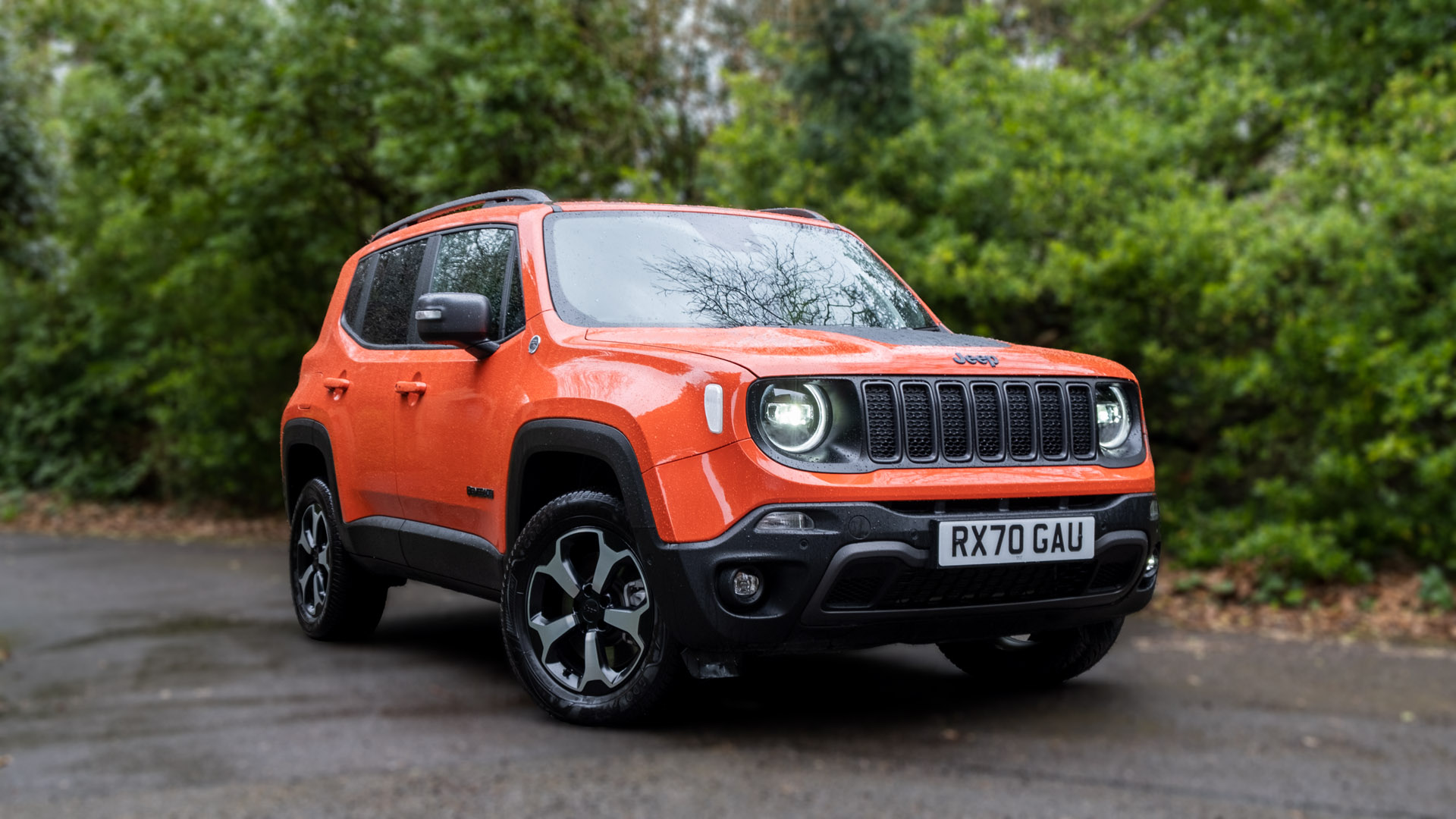
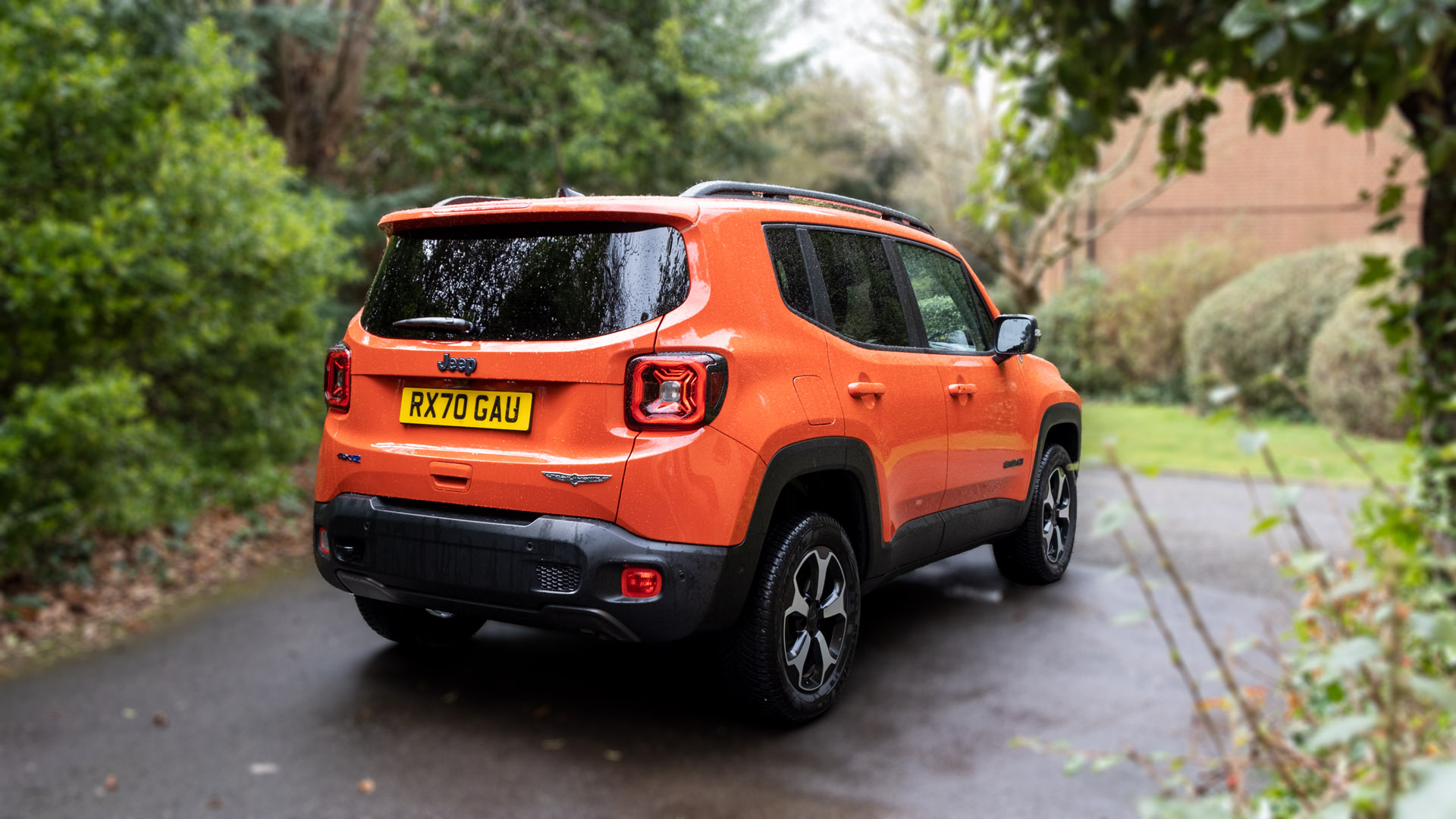
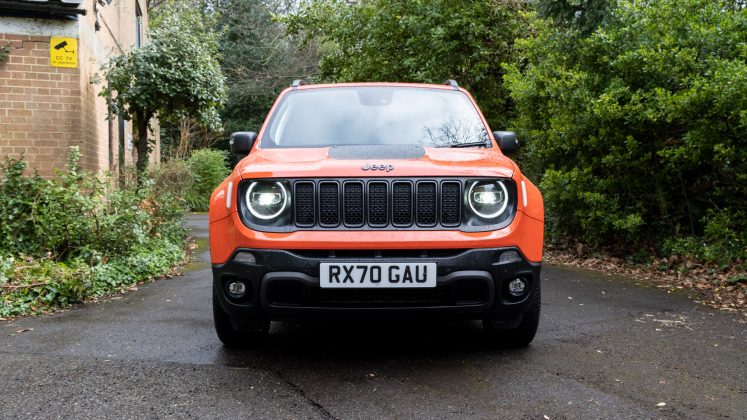
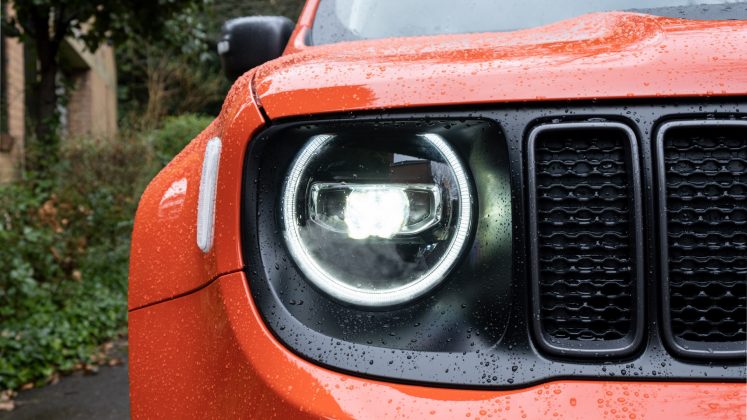
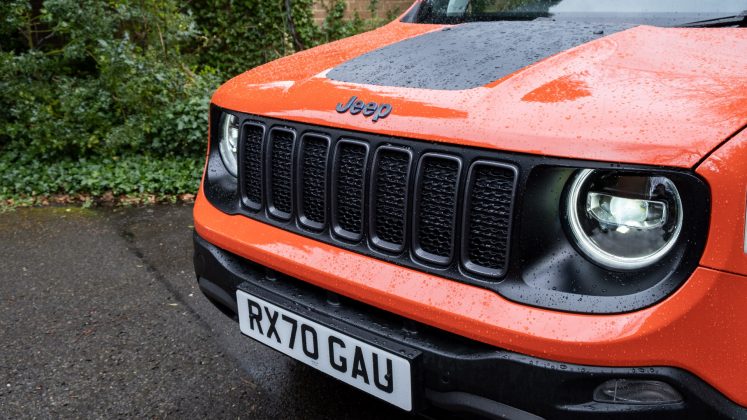
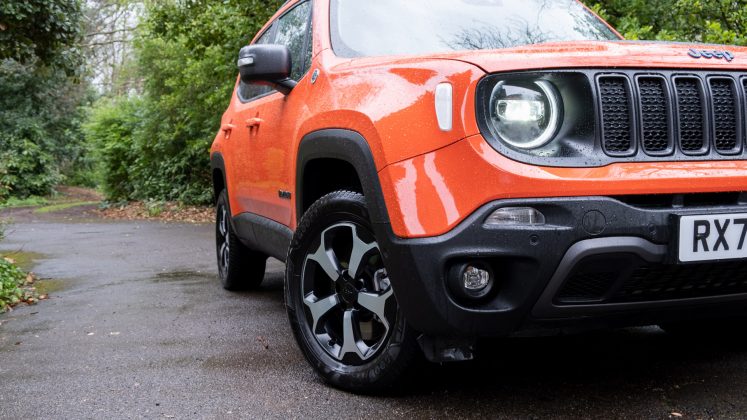
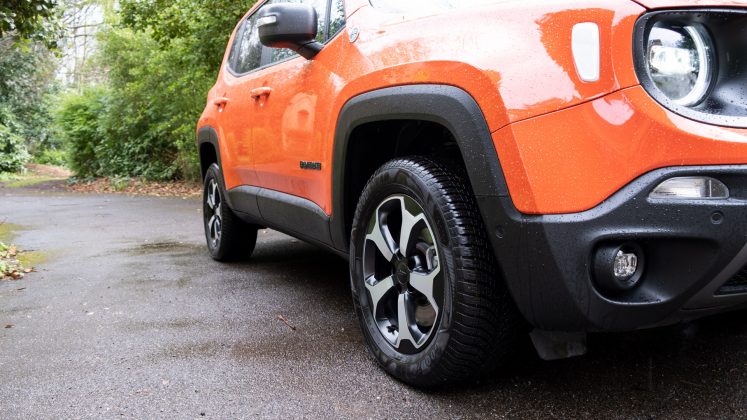
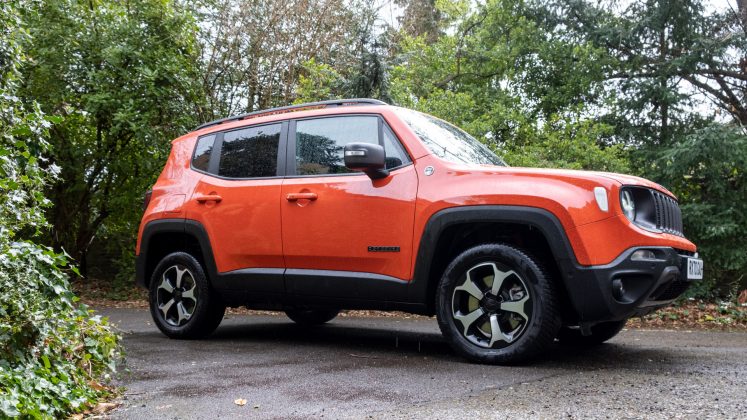
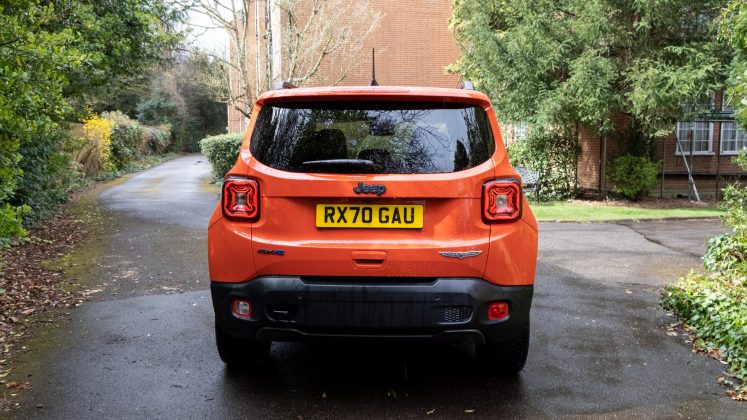
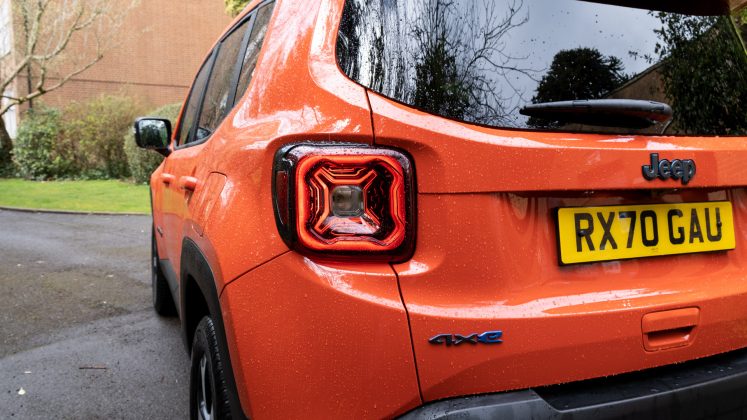
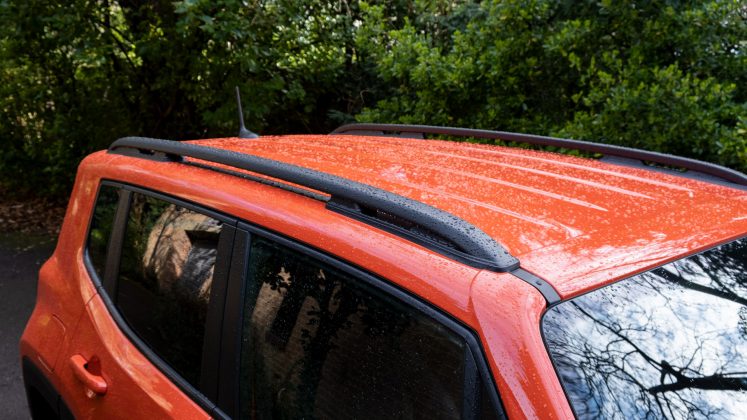
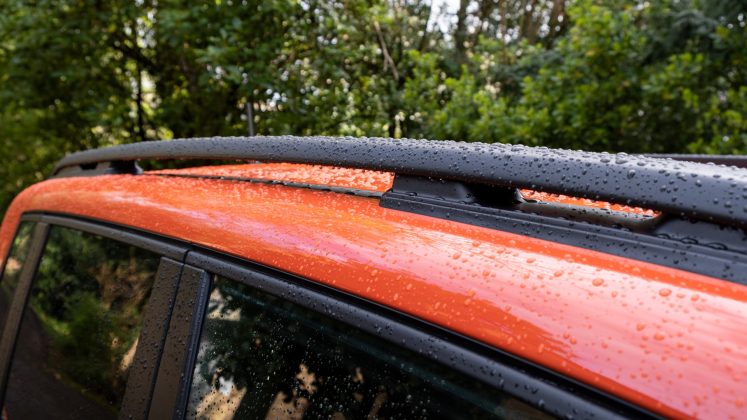
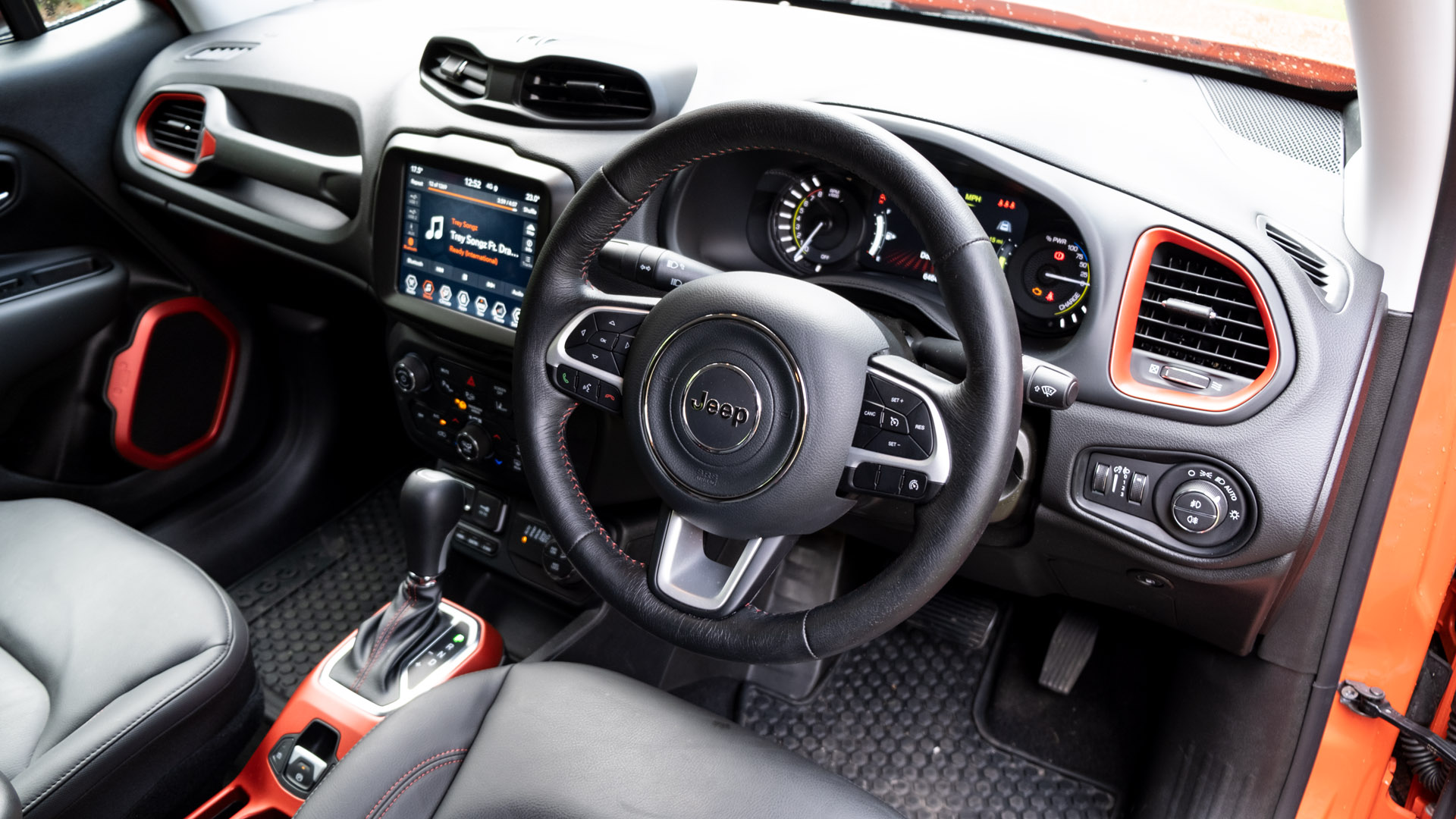
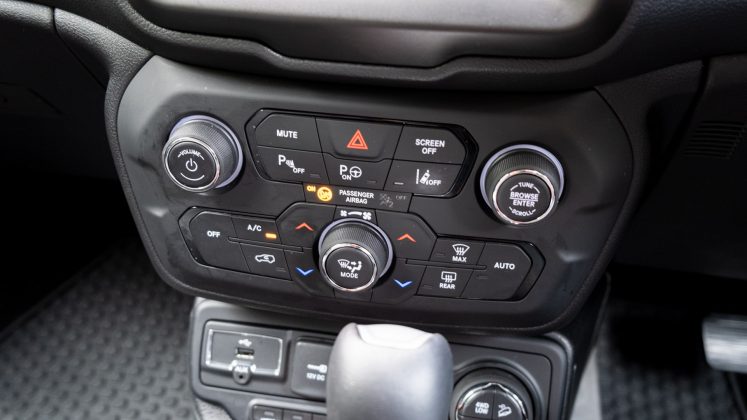
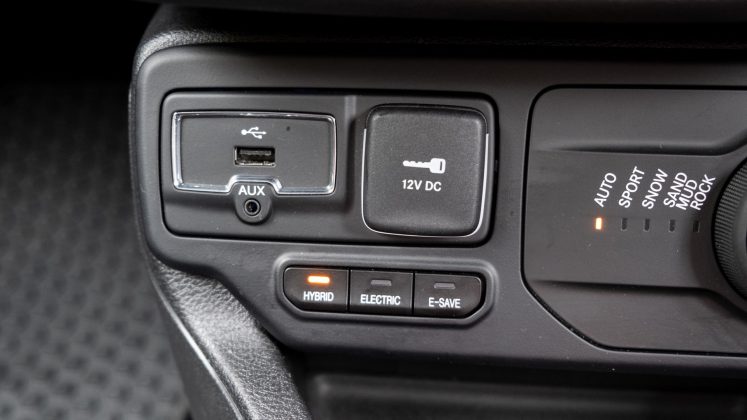
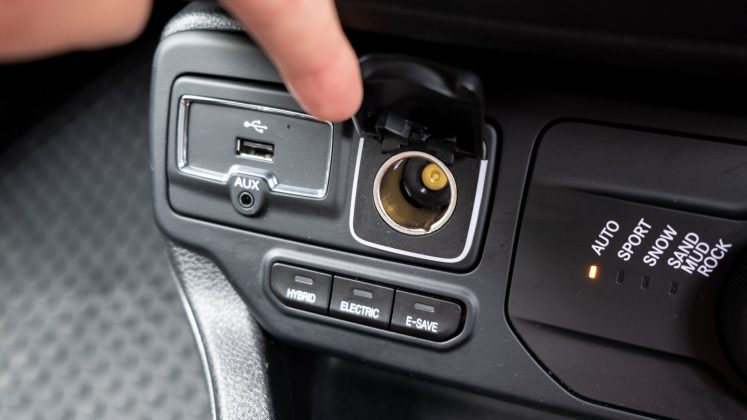
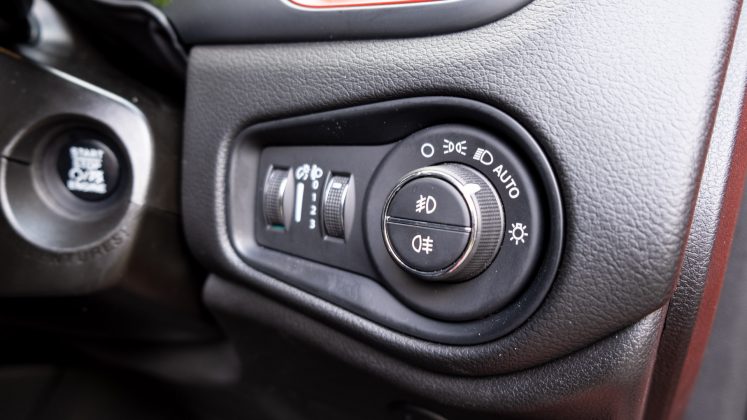
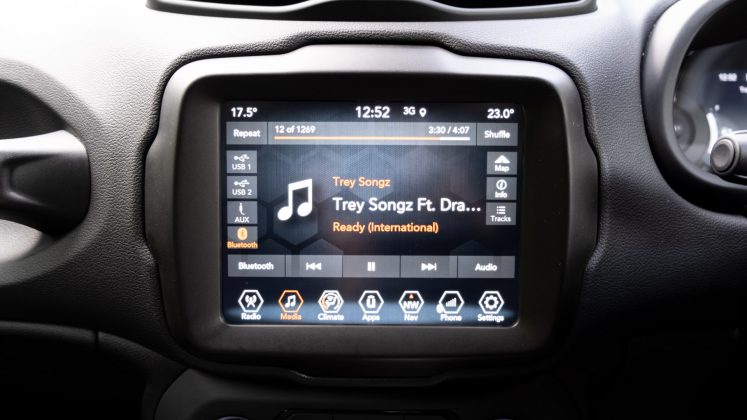
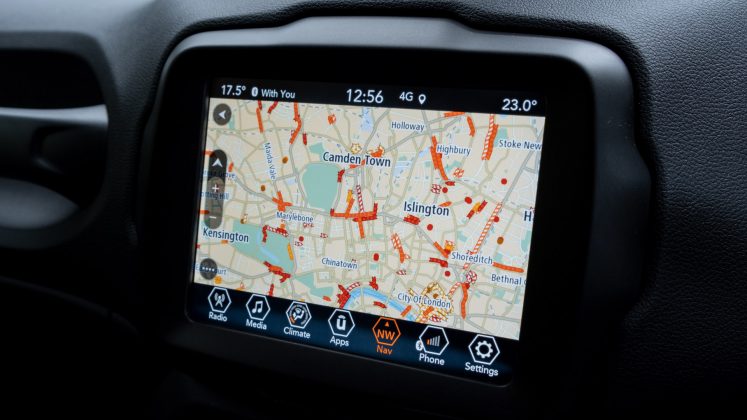
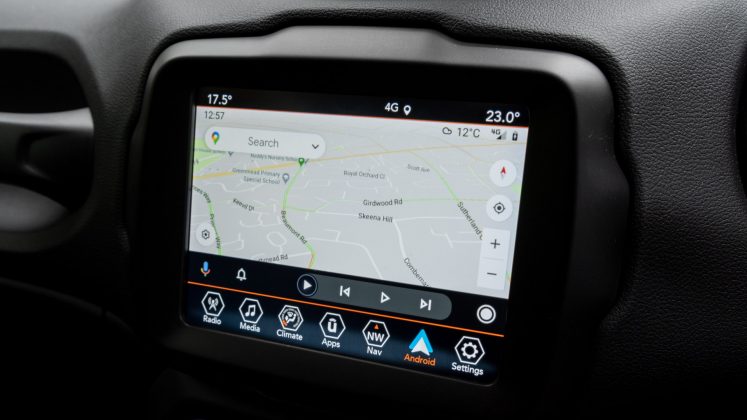
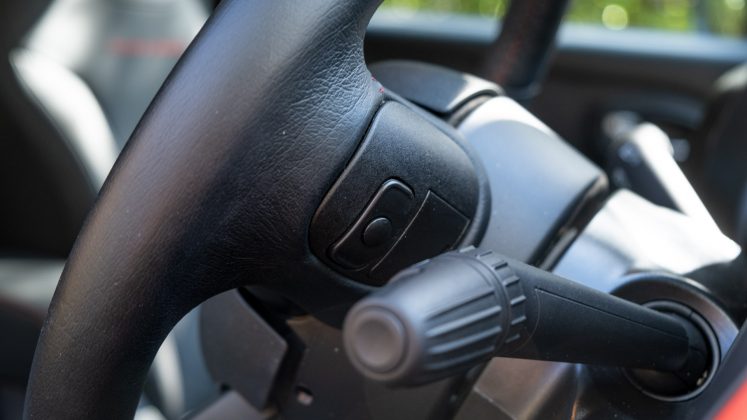
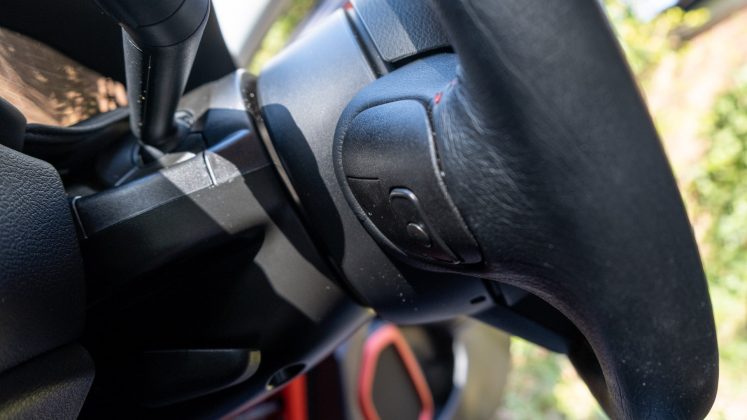
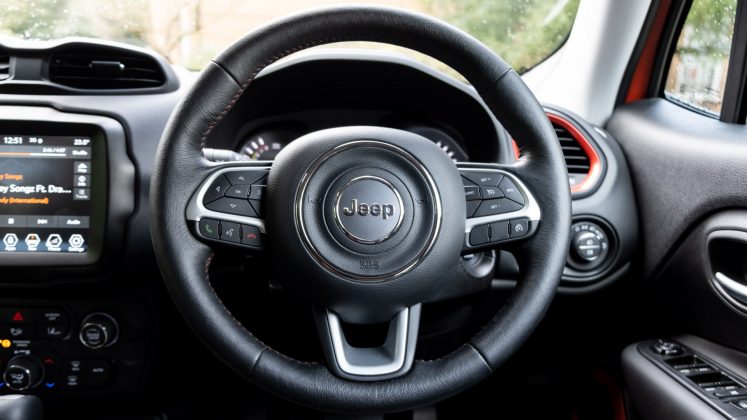
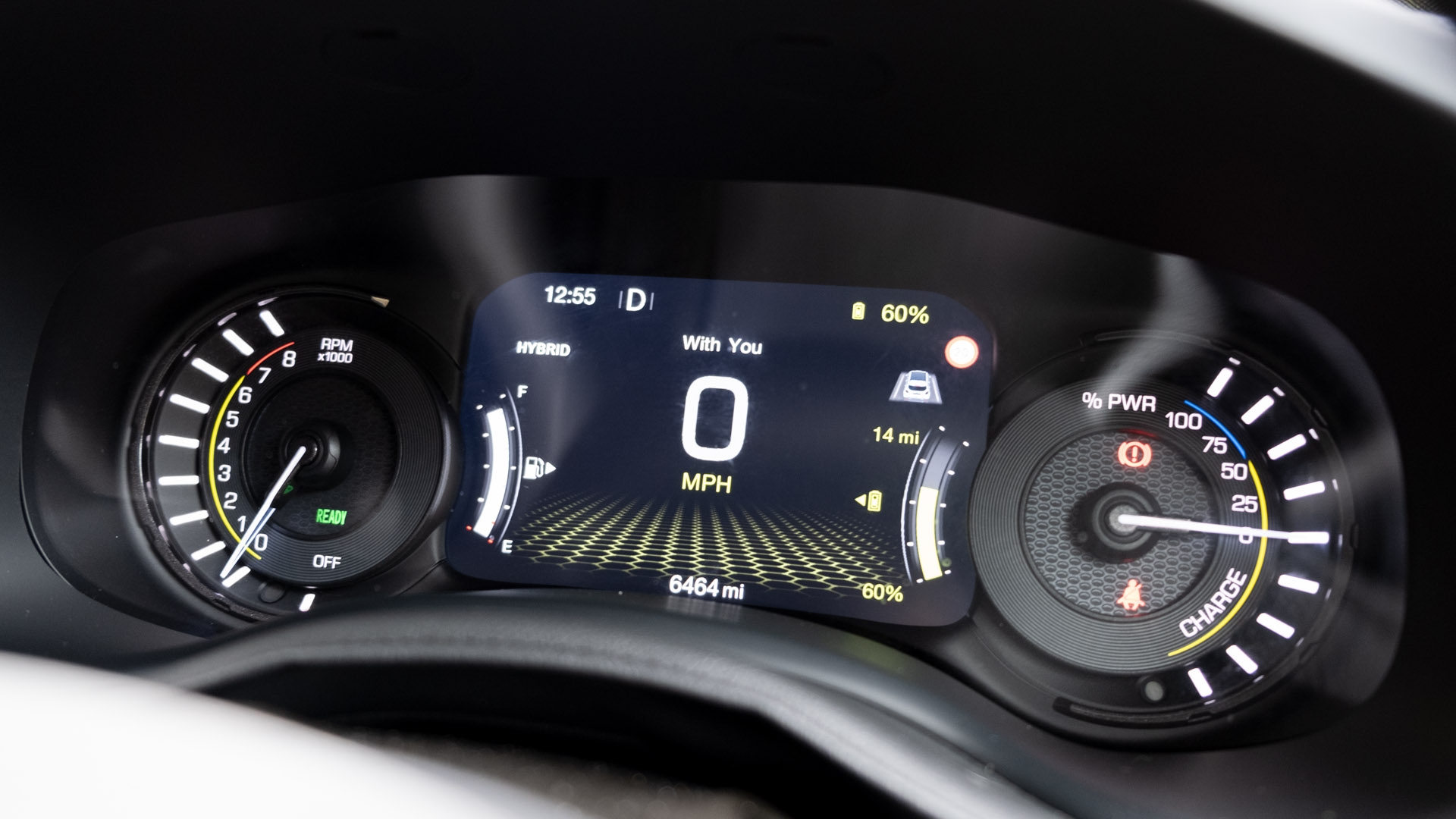
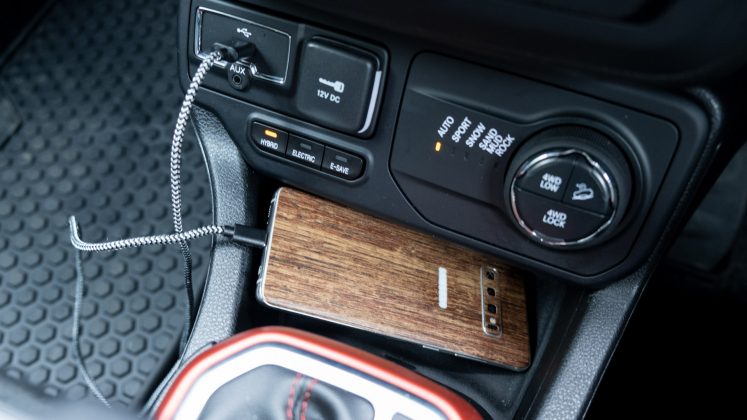
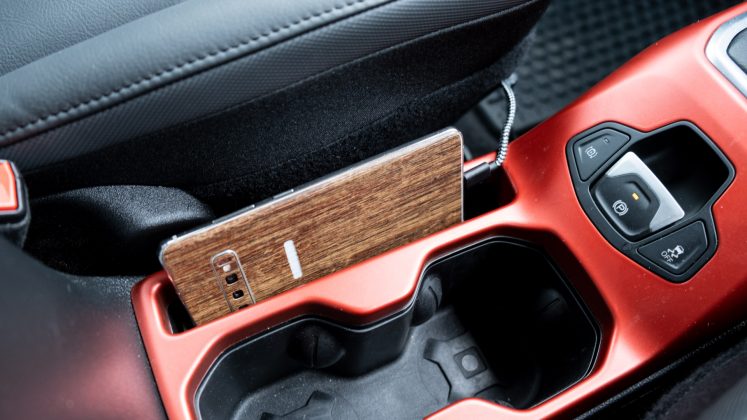
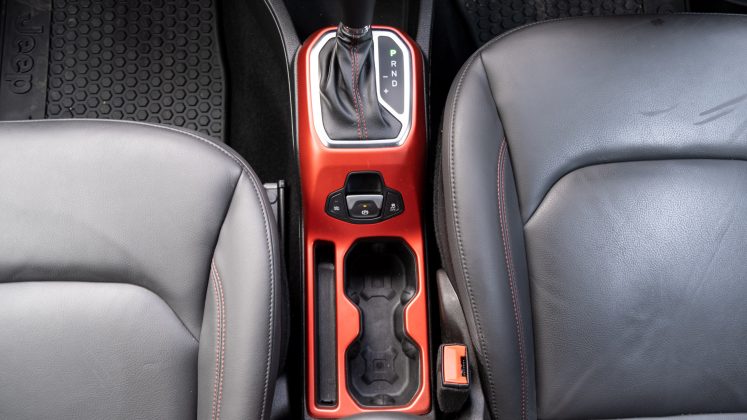
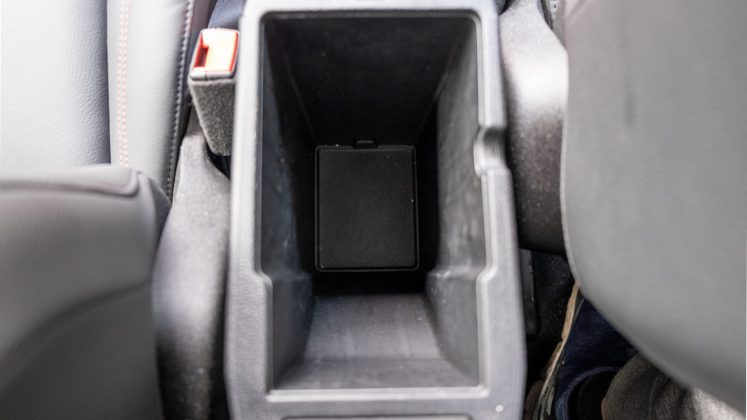
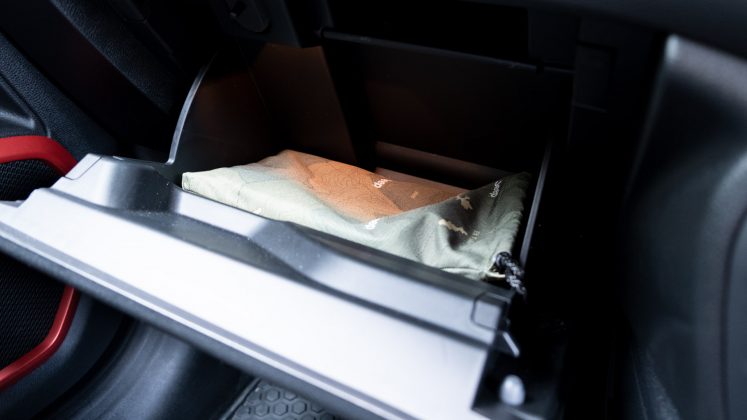
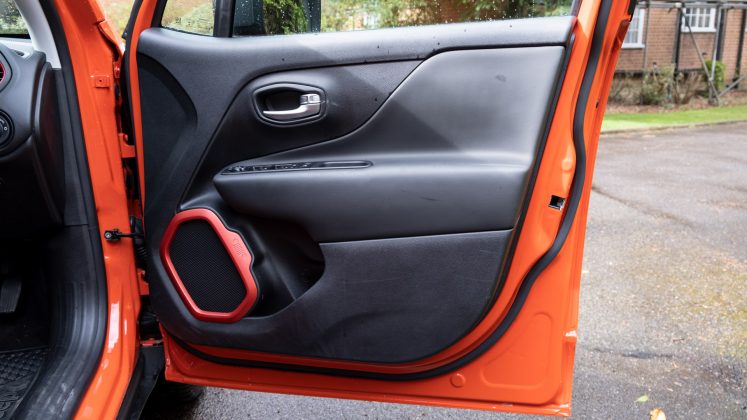
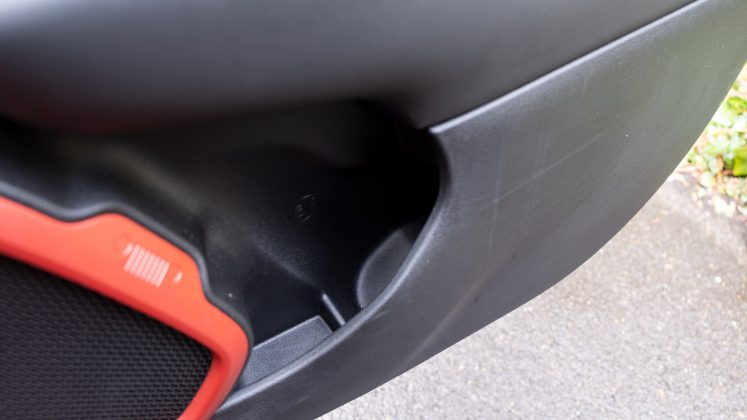
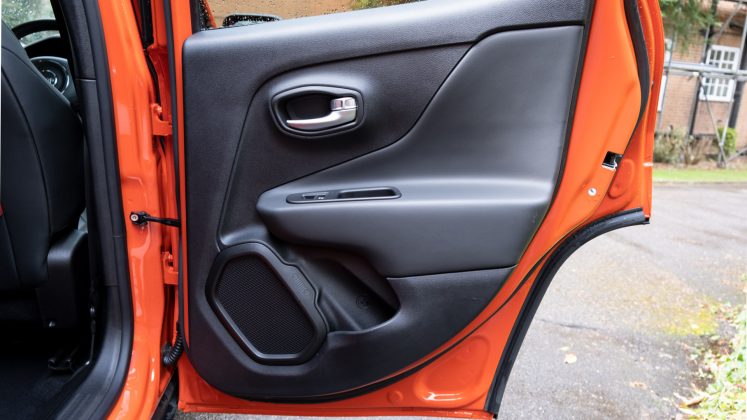
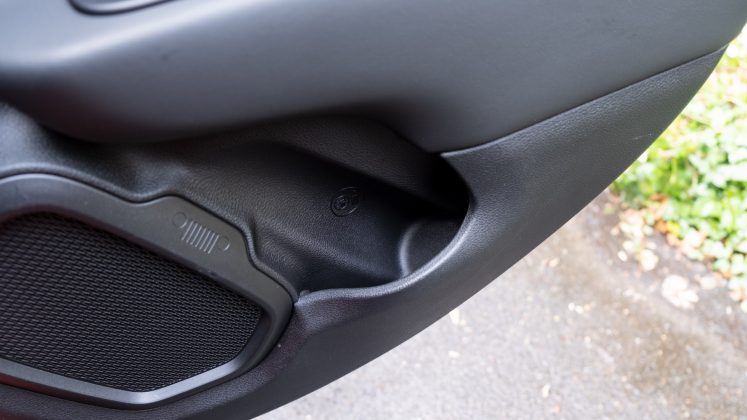
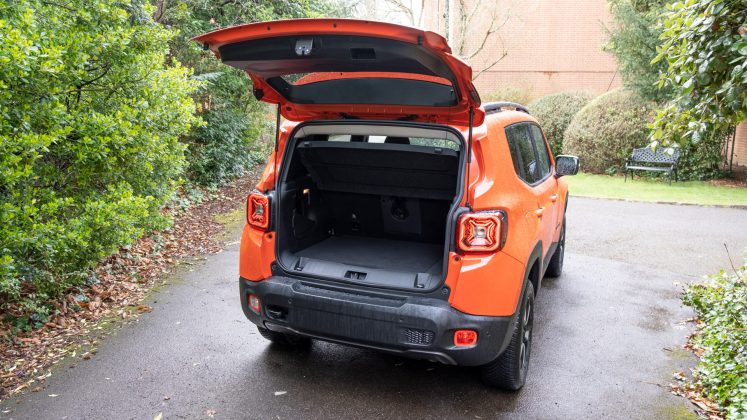
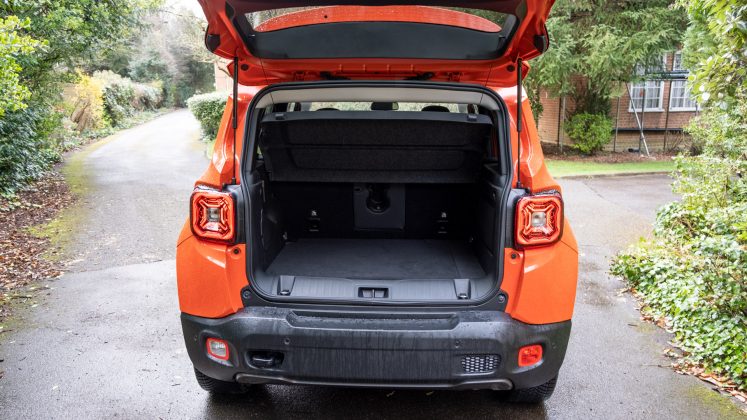
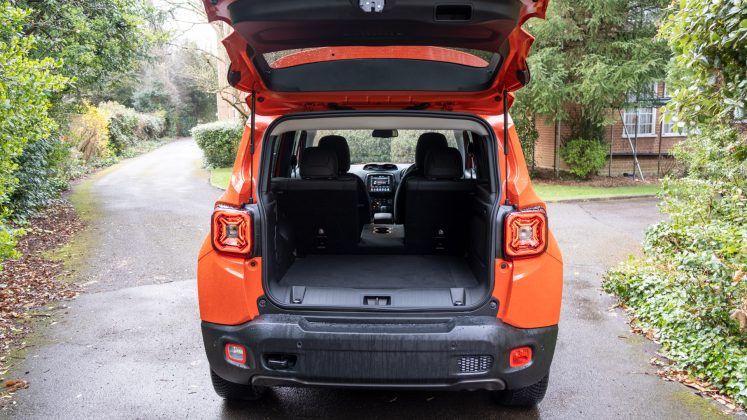
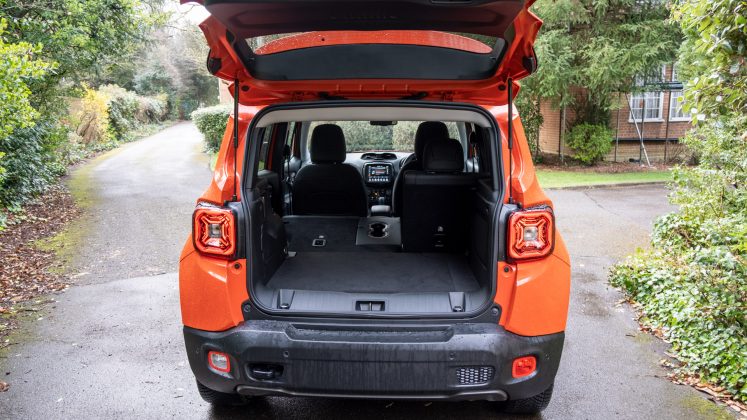
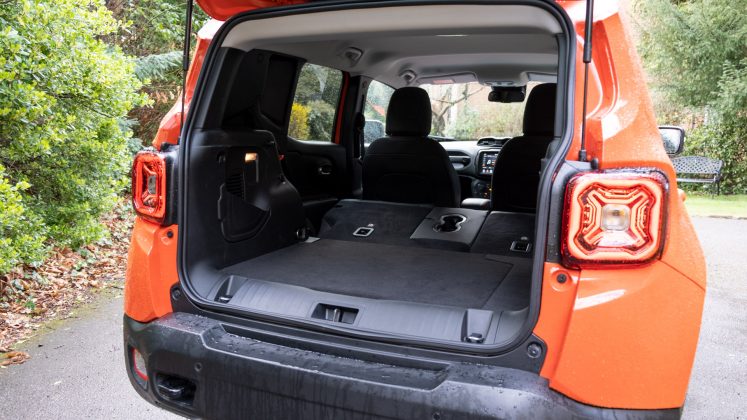
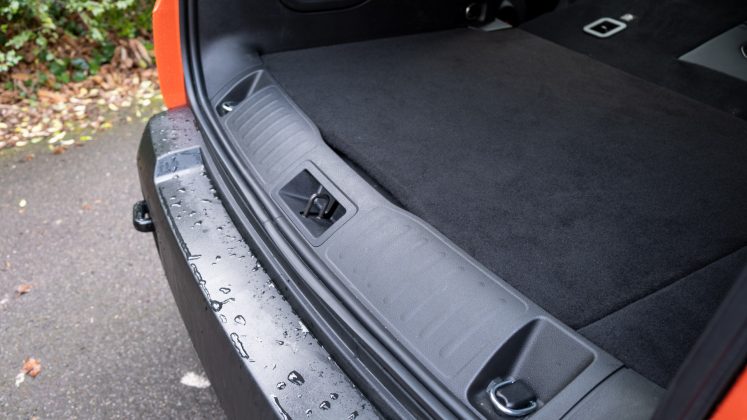
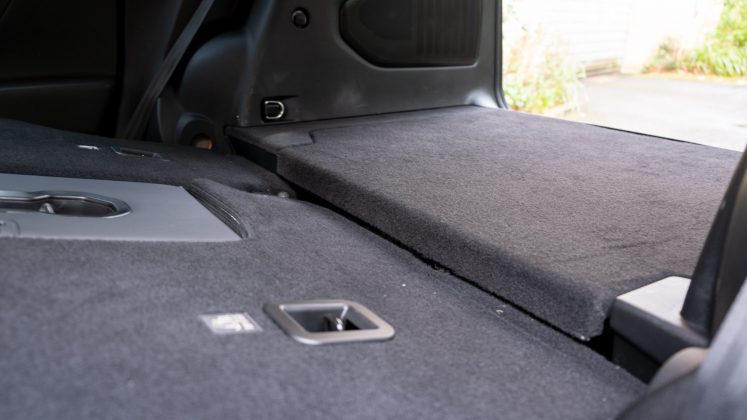
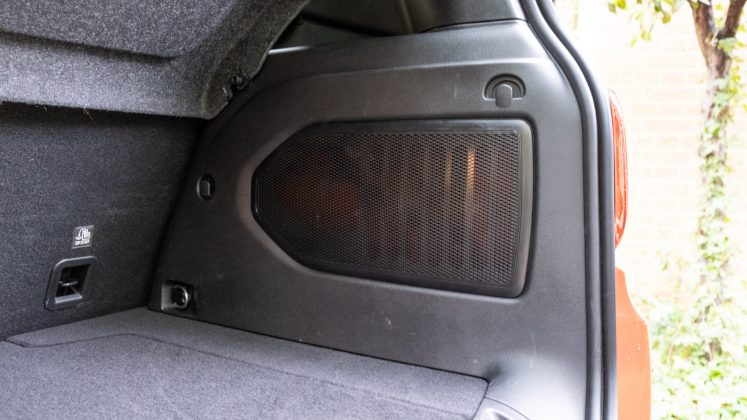
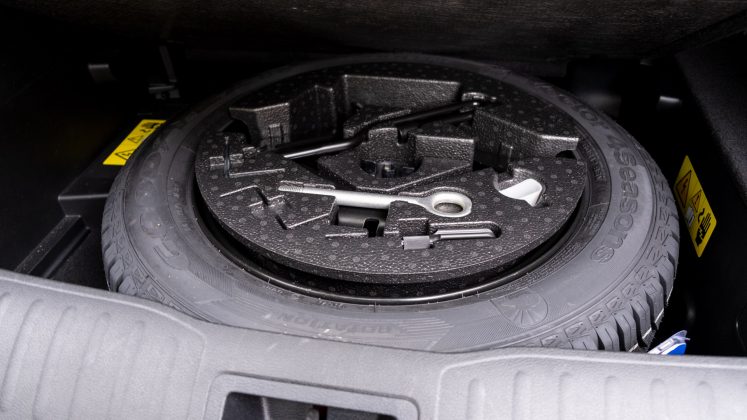
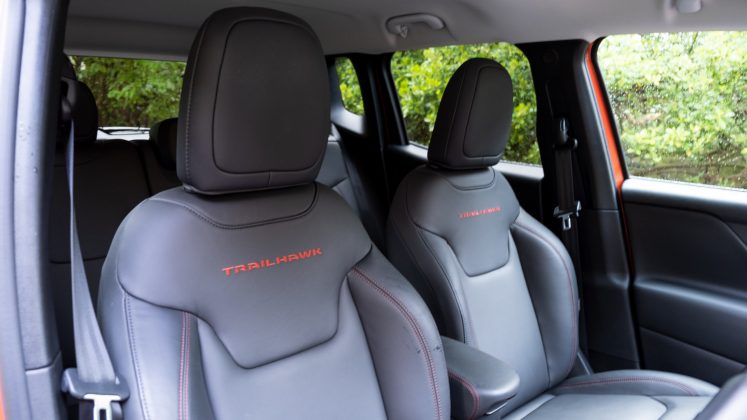
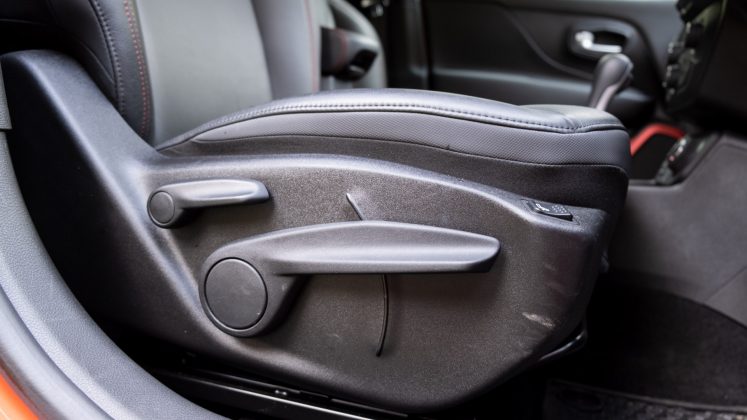
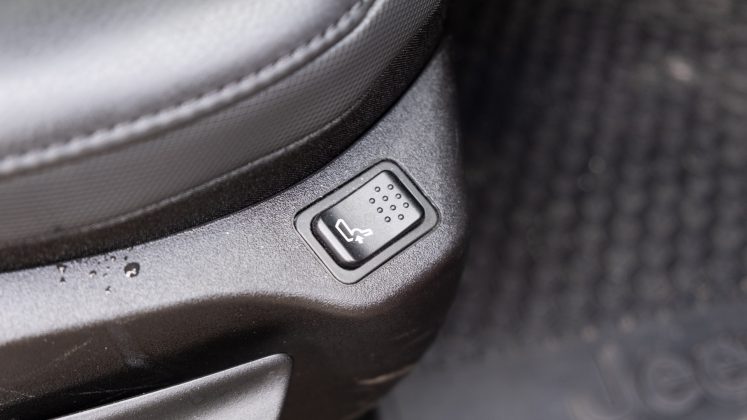
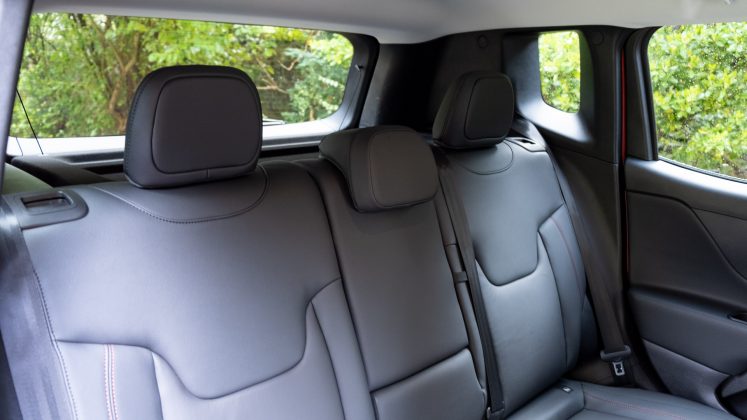
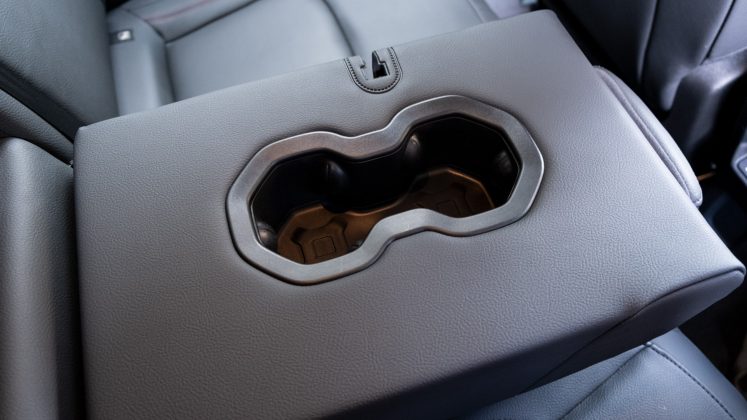
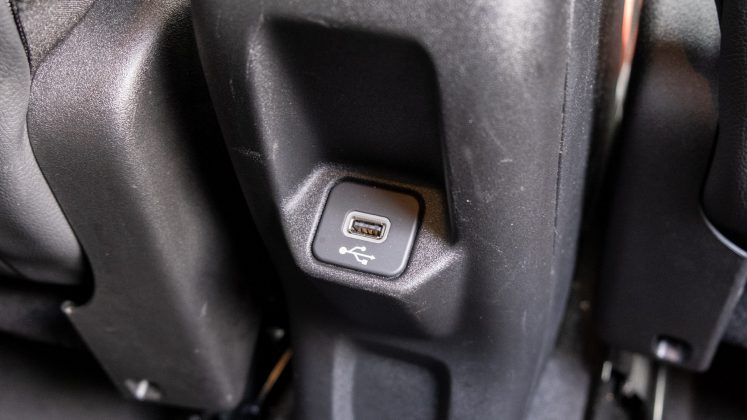
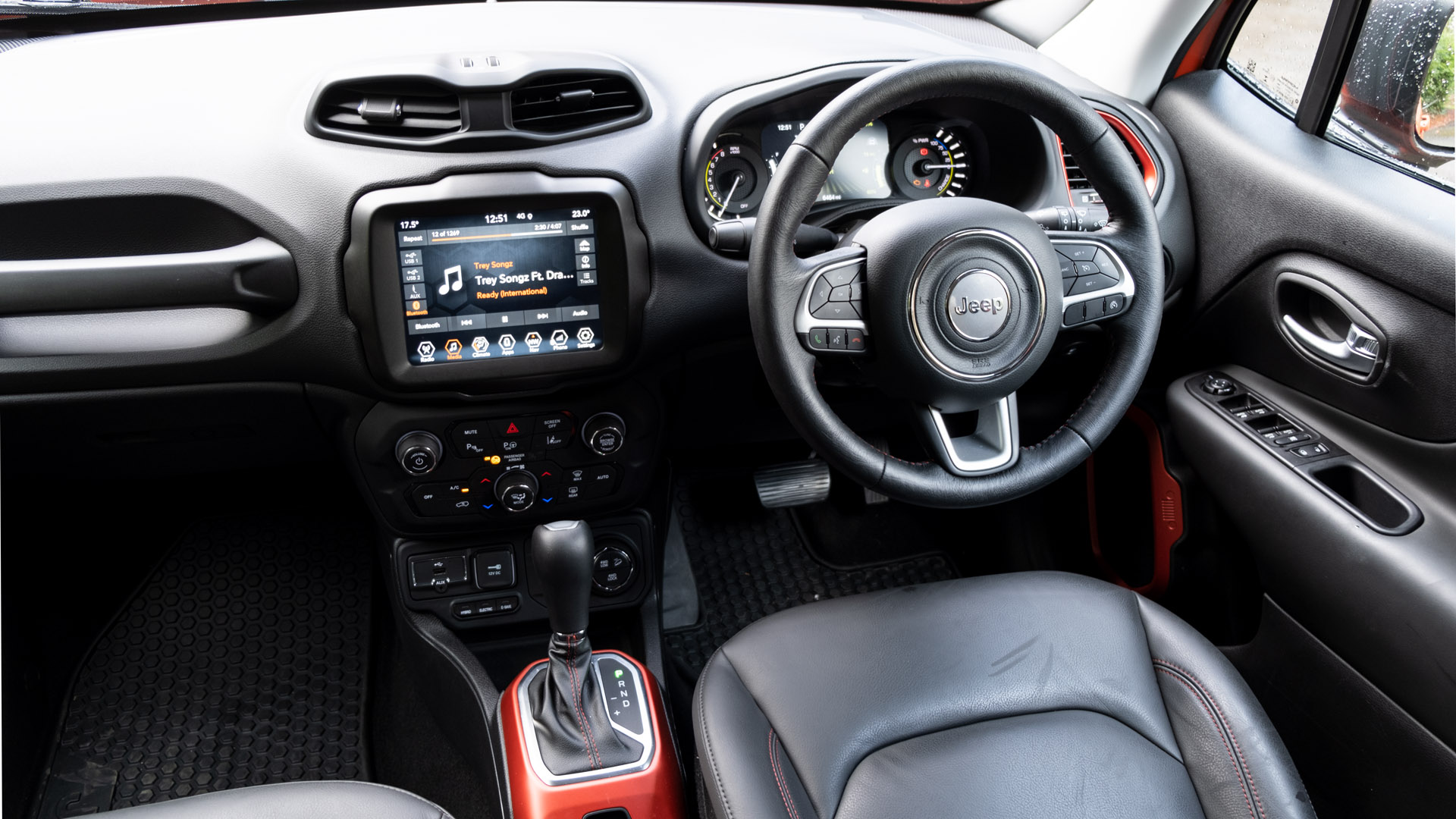
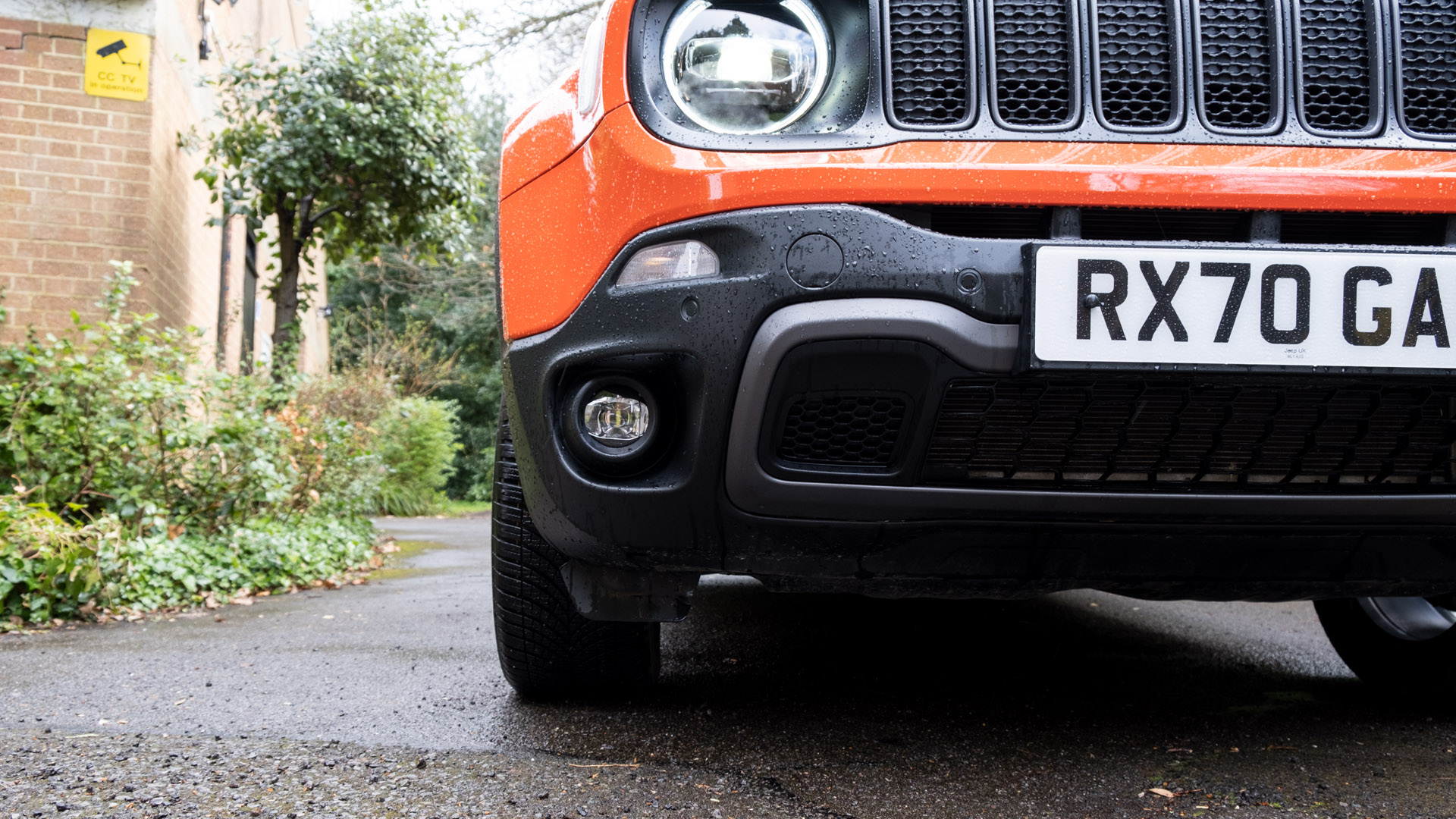
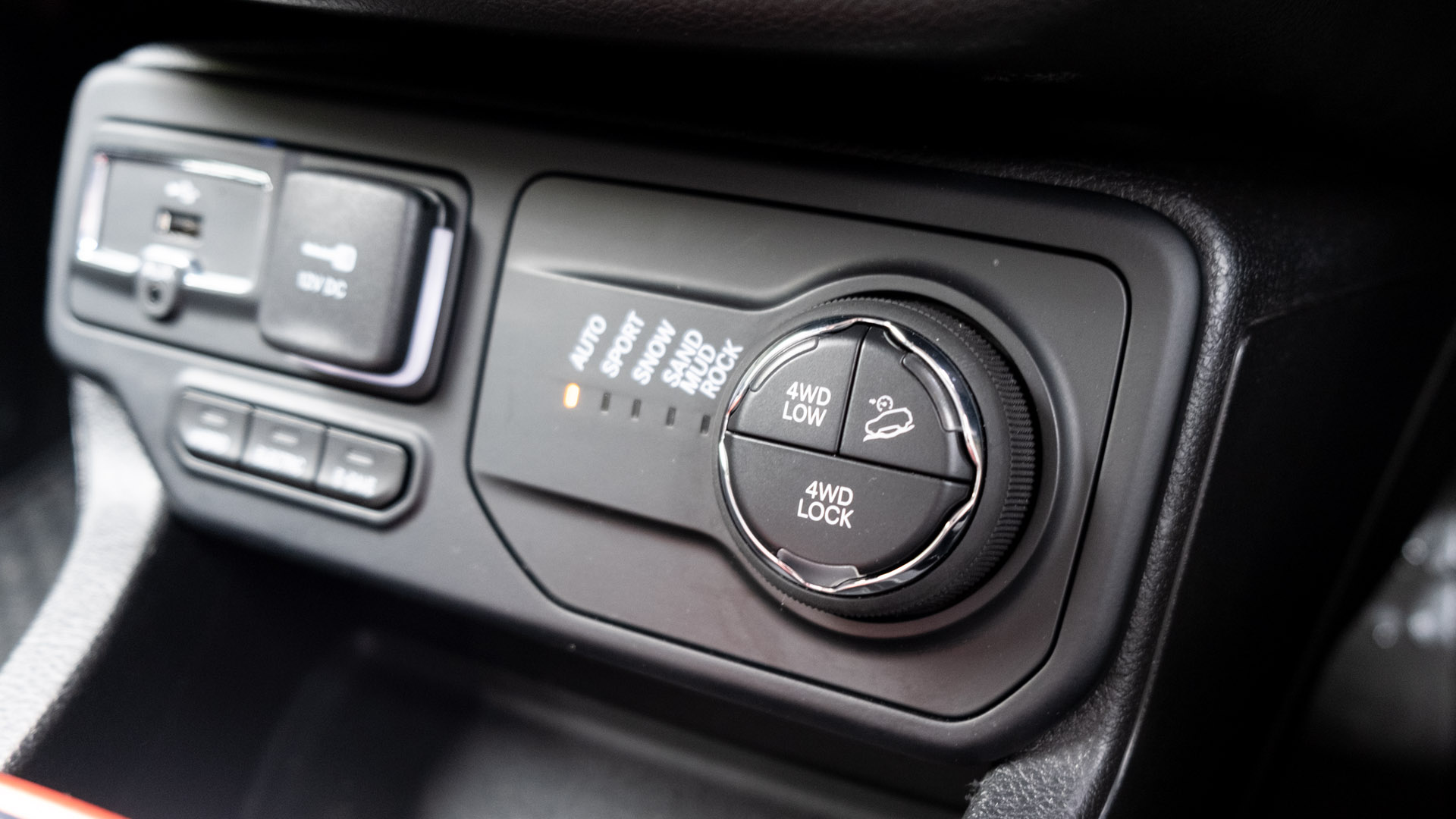
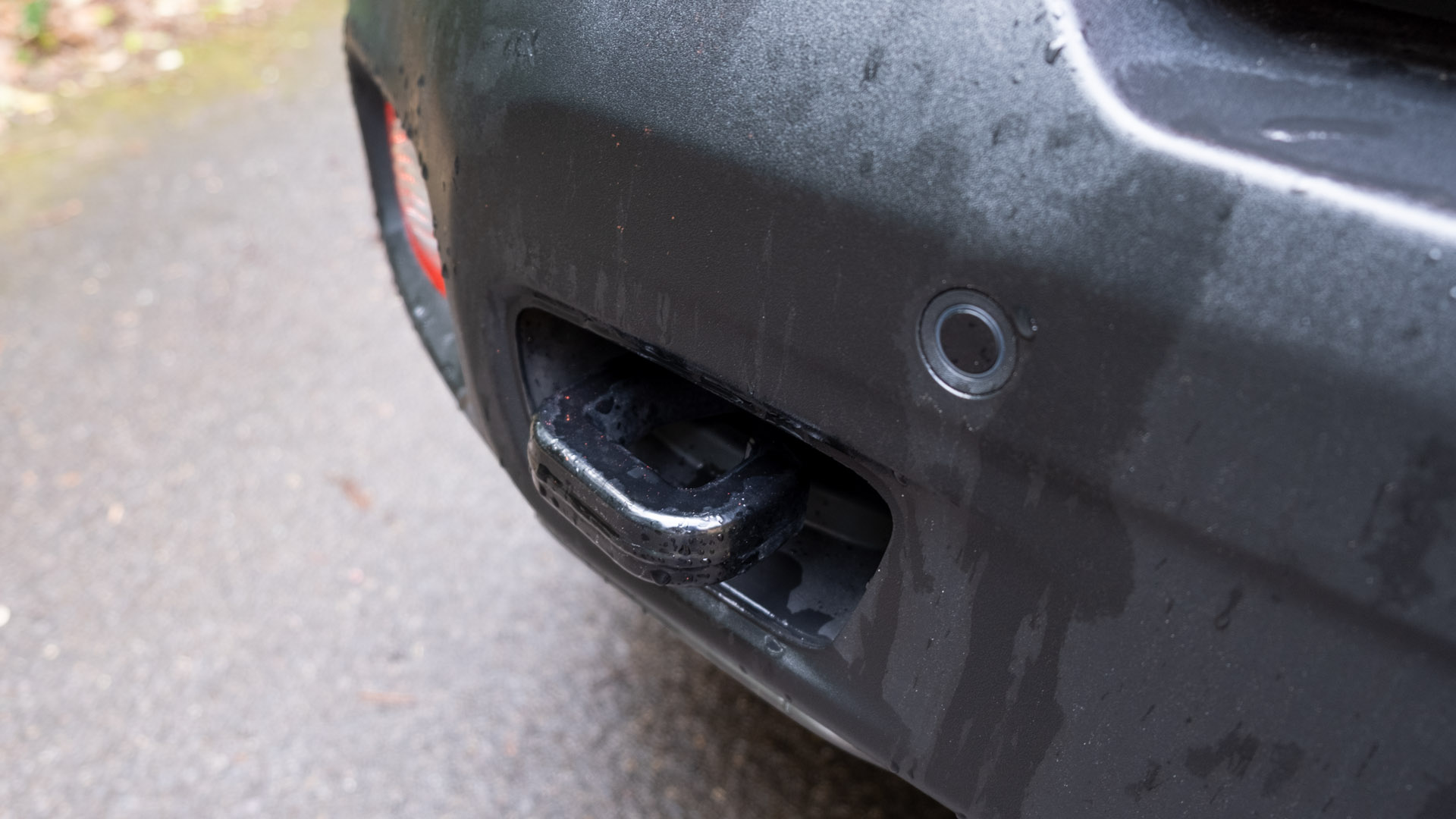
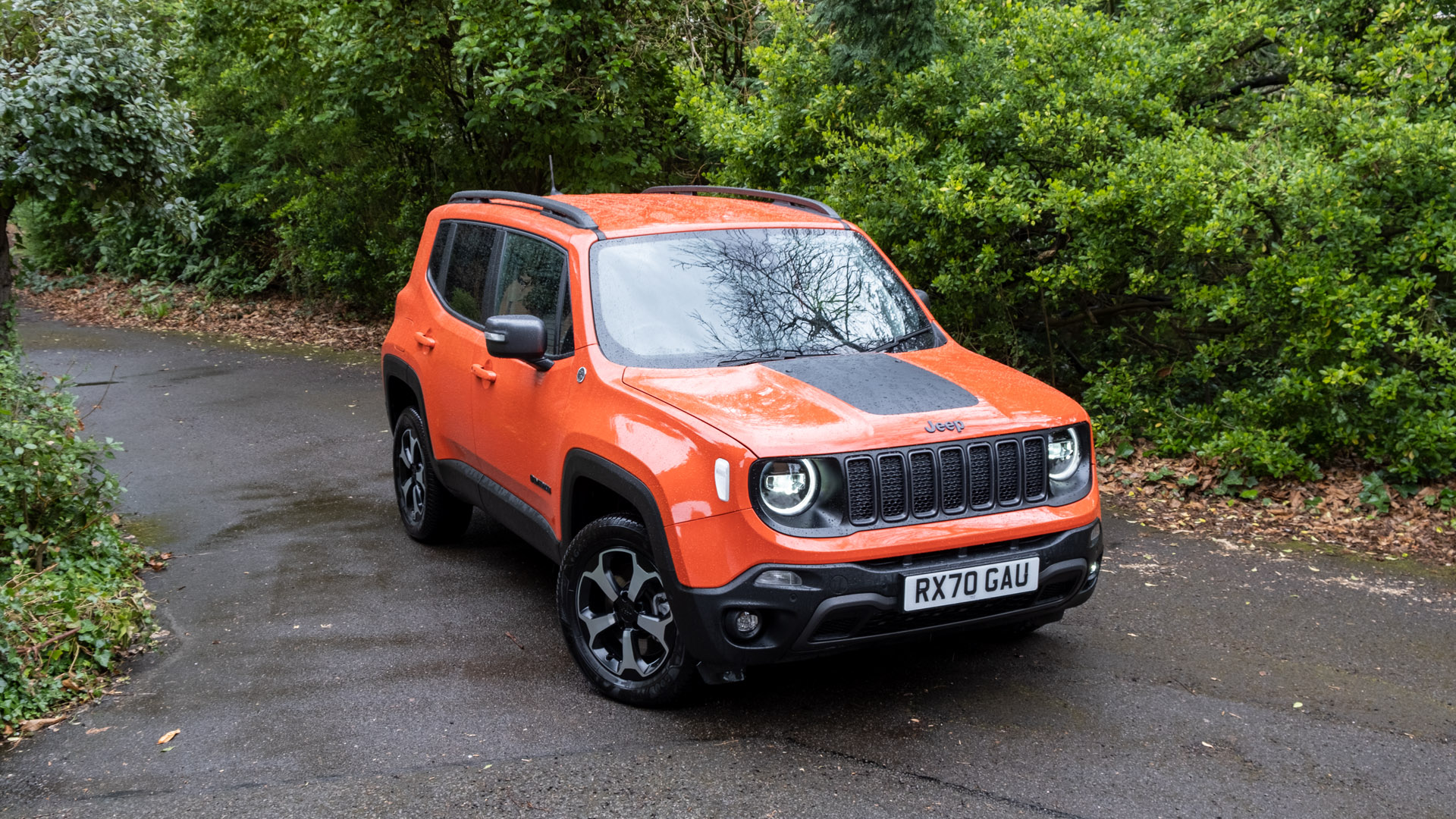
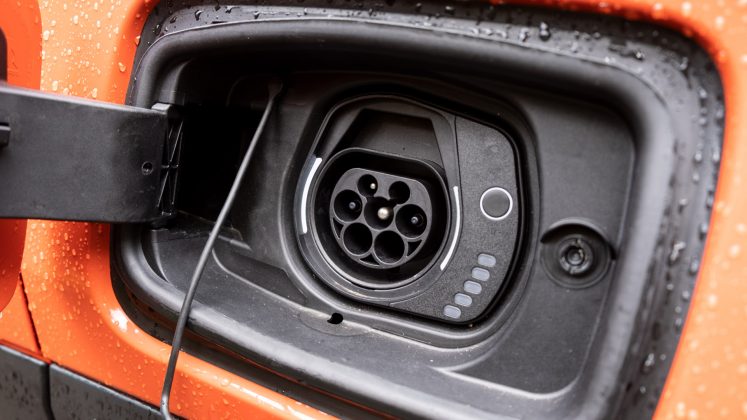
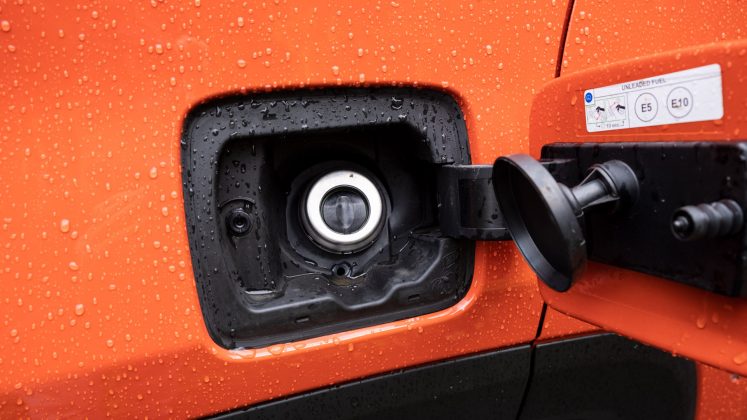
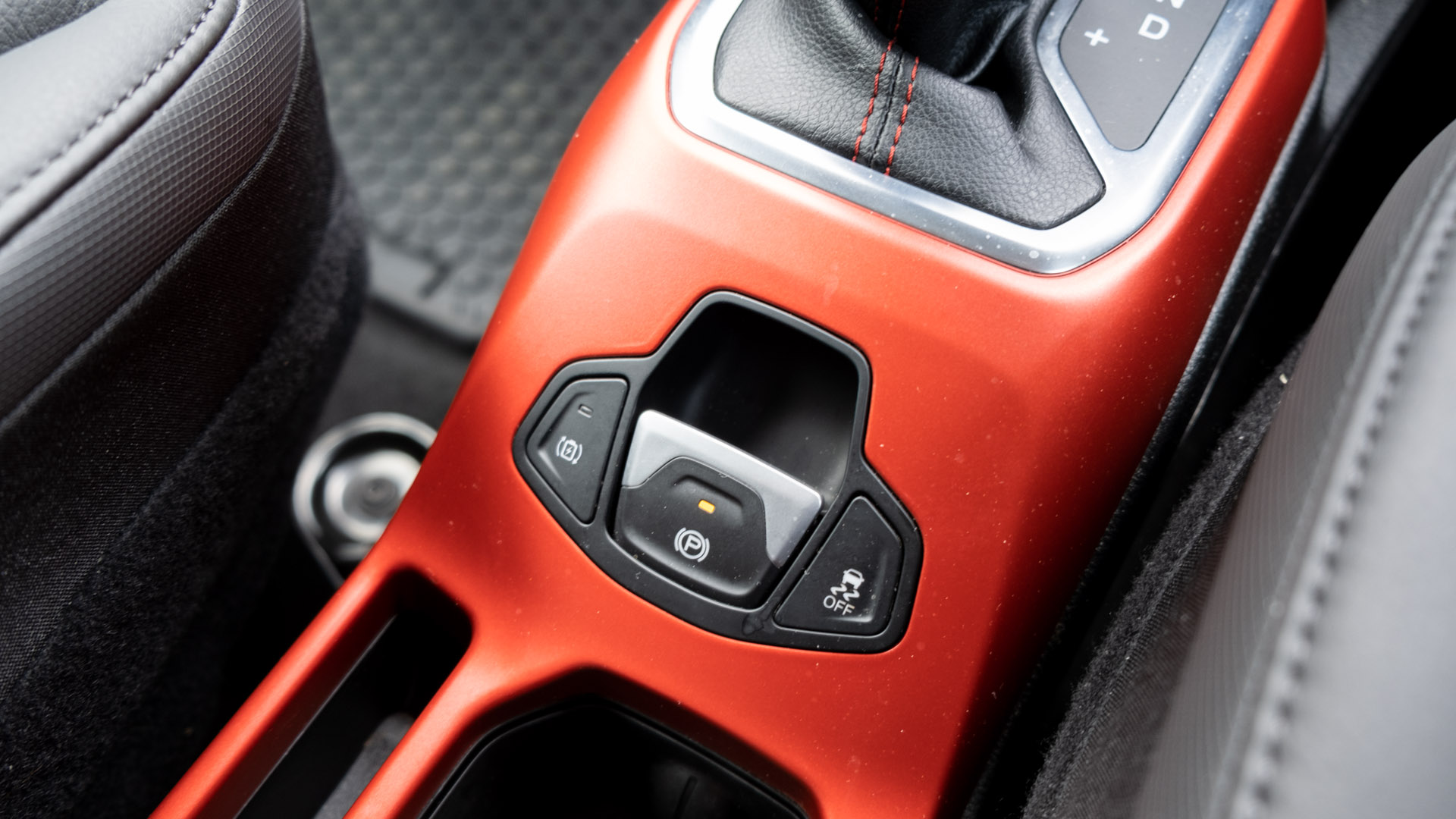
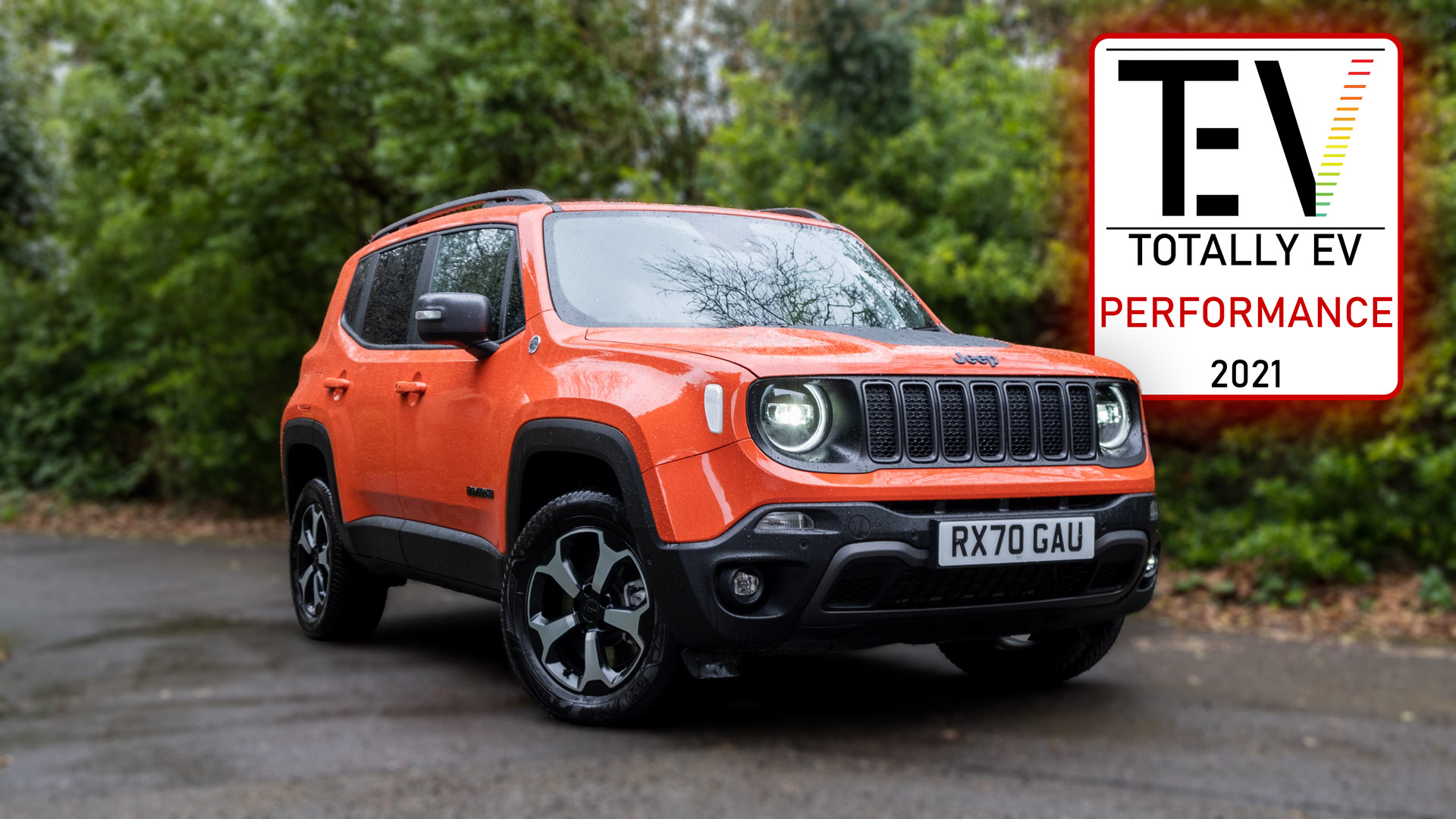




Needs to have a low range transfer case, but that seems impossible to accomplish with this design.
Thanks for sharing!